#La Marseillaise
Text

Credit : ©AG_photographe 💙🤍❤️

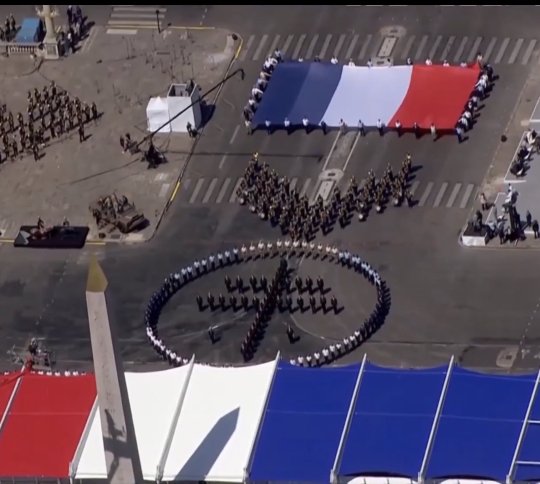

#Fête Nationale#Patrouille de France#Quatorze juillet#14 Juillet#National Holiday#La Marseillaise#Bastille Day#France
25 notes
·
View notes
Text
La Bardot
10 notes
·
View notes
Text
National Anthem of the French Republic (La Marseillaise)
youtube
It goes without saying that it is a military march and the theme song of the French Revolution. However, I see in this song the quarrelsome and rebellious side of the French people. In 2023, when a boy was abused, riots broke out across France. I see this as an excuse for many French people to use abuse as a pretext for violence. In the UK, something like this would never happen. The French are a violent people.
フランス共和国国歌〈ラ・マルセイエーズ〉
言わずと知れた、軍隊行進曲、フランス革命のテーマソングである。だが私は、この曲に、フランス人の争乱好き、反抗好きな側面を見る。2023年、ある男の子の虐待が起きると、フランス全土に暴動が同時発生した。これは虐待事件を口実に、多くのフランス人が、それを良いことに暴力を振るったと私は見る。イギリスなら、このような事件は起こるまい。フランス人は、実は暴力的な国民である。
#National Anthem of the French Republic#Babylman#La Marseillaise#rebellious#The French are a violent people.#Youtube
3 notes
·
View notes
Text




Marseille la nuit : la Villa Méditerranée et plus loin les tours de la Joliette, la CMA-CGM et La Marseillaise.
#marseille#nuit#architecture#tour#tour CMA-CGM#zaha hadid#la marseillaise#jean nouvel#villa méditerranée#cosquer
4 notes
·
View notes
Photo
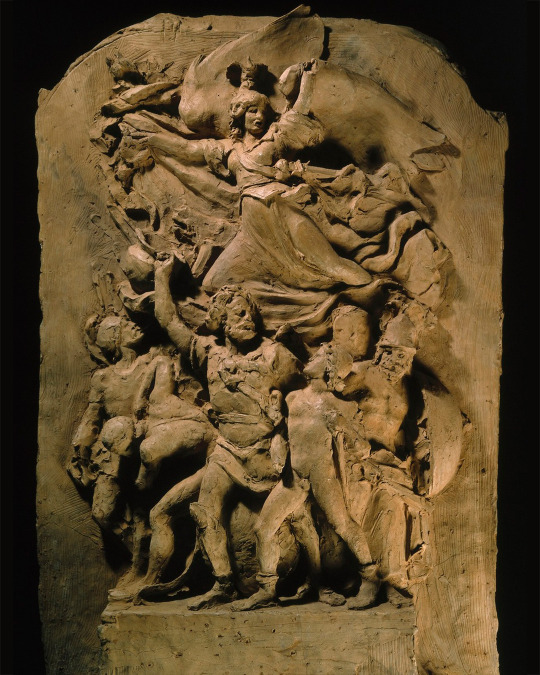

Today is Bastille Day, or La Fête Nationale, which commemorates the start of the French Revolution in 1789, when #OnThisDay a crowd of working class Parisians stormed the Bastille prison to seize the gunpowder stored there.
Francois Rude’s Departure of the Volunteers in 1792 (La Marseillaise) depicts a moment a few years later, when citizens were called to fight for the young French republic. In this dynamic relief sculpture, a fierce, winged female figure representing Liberty and wearing the distinctive cap worn by freed Roman slaves, urges a group of men to defend their country against Prussia and Austria, who sought to help restore the monarchy that the French had so recently abolished. This terracotta is a maquette, or model, for Rude’s famous sculpture on the Arc de Triomphe in Paris.
In 1789, many French citizens celebrated liberty and equality however, many people in the French colonies remained enslaved for decades afterwards, and France did not constitutionally dismantle the institution of slavery until 1848.
You can take a closer look at Brooklyn’s Departure of the Volunteers in 1792–and even spot Rude’s own fingerprints in the clay–in “Monet to Morisot: The Real and Imagined in European Art.”
📷 François Rude (French, 1784-1855). The Departure of the Volunteers in 1792 ("La Marseillaise") (Le Départ des volontaires de 1792 ["La Marseillaise"]), maquette Title: The Departure of the Volunteers in 1792 ("La Marseillaise") (Le Départ des volontaires de 1792 ["La Marseillaise"]), 1834-1835. Terracotta. Brooklyn Museum, Purchased with funds given by Iris and B. Gerald Cantor, 1989.7. Creative Commons-BY → Stevie Ekkelkamp on Unsplash
#brooklyn museum#art#brooklyn#bastille day#europeanart#francoise rude#la marseillaise#frenchrevolution#frenchscultpture
51 notes
·
View notes
Text
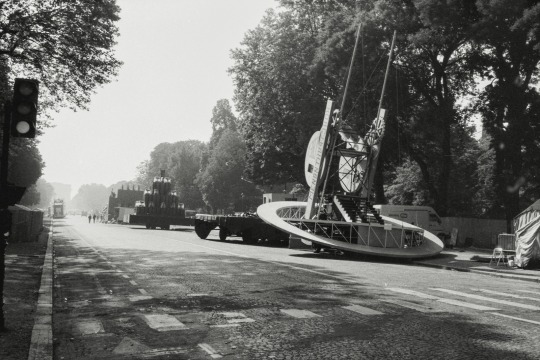
1989 Paris, la Marseillaise
#1989#Paris#la Marseillaise#défilé#Bicentenaire#révolution#vintage#1980s#analog photography#film photography#photography#original photographers#blackandwhite#streetphotography#pierre wayser
5 notes
·
View notes
Text

Paul Doumer à Anizy le Château (Hauts de France), choeur d'enfants chantant la Marseillaise devant le président de la République. 26 juillet 1931
Photographie: Agence Rol
14 notes
·
View notes
Note
La Marseillaise was created in 1792
Did Lafayette ever mention his opinion on it (even tho it only became the french national anthem in like, the late 1900's)?
Dear @msrandonstuff,
I have never seen any written record of La Fayette’s opinion concerning La Marseillaise but here a few thoughts that I would like to contribute.
La Marseillaise is a very patriotic song and La Fayette never ceased to be a very patriotic Frenchman. He may sometimes have disagreed with the political elite of France, but he never ceased to love the country itself. The song is not political and more an appeal to take up arms and defend France. La Fayette himself had several commands during the French Revolution and he wrote upon leaving France, that it was one of his deepest regrets that he could no longer defend is native home.
La Marseillaise was originally composed in 1792 during the French Revolution as the Chant de guerre pour l'Armée du Rhin by Claude Joseph Rouget de Lisle in Strasbourg. The Army of Rhine was under the command of Marshal Nicolas Luckner and Rouget de Lisle originally dedicated the song to the Marshal. La Fayette went along well with Luckner – to well perhaps, the two were individually accused of plotting together to overthrow the Revolution and to rescue the King. Luckner was later guillotined. It was also Luckner who replaced La Fayette after the latter fleet France and was imprisoned in Prussia.
Rouget de Lisle himself was an ardent Royalist, refused to take the Oath of Allegiance to the new constitution and was eventually imprisoned himself. He was in his political views not too far removed from La Fayette’s views although there were some notable differences.
The most compelling is probably the fact that Rouget de Lisle visited La Fayette for a short time while the latter was in exile in Utrecht near Vianen in the Netherlands. As interesting as this sounds, I have yet to puzzle out the finer details.
The song accompanied La Fayette all throughout his life. La Marseillaise is and was the official French anthem between 1795 and 1799 as well as shortly during 1830 and then again from 1870 onwards. During his American Tour in 1824/25 the Americans sang a song called Hail! Lafayette to the tune of La Marseillaise and in 1831, the French government under King Louis-Philippe tried to crush a worker’s revolt in Lyon. Martial law was declared, and La Marseillaise was banned. La Fayette opposed this line of action passionately and while the banning of one song was surely the least of La Fayette’s complaints, it was very well a part of the greater picture.
While there is no written account that I know of, I feel comfortable in saying that La Fayette in all likelihood liked La Marseillaise. I hope that helped and I hope you have/had a beautiful day!
#ask me anything#msrandonstuff#marquis de lafayette#la fayette#louis philippe#la marseillaise#french history#french revolution#american history#nicolas luckner#claude joseph rouget de lisle#1792#1795#1799#1830#1831#1870#tour of 1824 1825
13 notes
·
View notes
Text
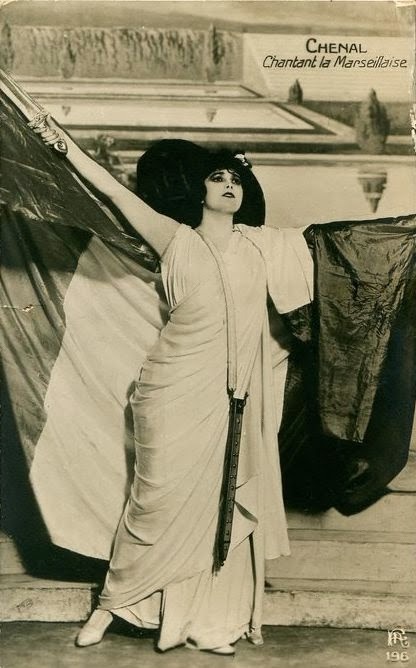
marthe chenal chante la marseillaise, 1914
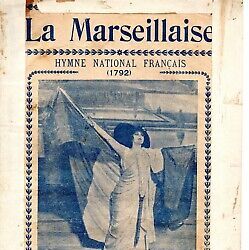
youtube
marthe chenal - la marseillaise
1915
9 notes
·
View notes
Photo

La Marseillaise (Jean Renoir, 1938)
Cast: Pierre Renoir, William Aguet, Lise Delamare, Louis Jouvet, Edmond Ardisson, Andrex, Paul Dullac, Nadia Sibirskaïa. Screenplay: Jean Renoir, Carl Koch, N. Martel-Dreyfus. Cinematography: Jean-Paul Alphen, Jean Bourgoin, Alain Douarinou, Jean Louis, Jean-Marie Maillols. Production design: Léon Barsacq, Georges Wakhévitch. Music: Joseph Kosma, Henry Sauveplane.
If ever a movie deserved the oxymoronic label of "intimate epic," it would have to be Jean Renoir's La Marseillaise, a story of the French Revolution from the fall of the Bastille to the victory over the Prussians at Valmy. It's not the part of the revolution we're used to seeing, as it ends before the Reign of Terror, with its tumbrils and guillotines. Instead, it's a collection of vignettes high and low, from the king and queen blithely expecting the trouble to blow over to the foot soldiers who marched from Marseille to Paris to depose them. The director's brother, Pierre, is a wonderful Louis XVI, not quite the caricature that Robert Morley made him in Hollywood's Marie Antoinette (W.S. Van Dyke), which was made the same year, but nevertheless more than a little out of touch: As the Tuileries is being stormed, Pierre's Louis is perturbed that he can't finish his dinner and that his wig is slightly askew. Lise Delamare's Marie Antoinette is somewhat more clued in, but her frosty hauteur suggests that she is fully capable of uttering the apocryphal "Let them eat cake." Much of the film, however, focuses on the soldiers who, after capturing the forts at Marseille, march toward Paris, and especially on Bomier (Edmond Ardisson), a mason who joins the regiment after putting things in order for his mother (whose tears are a familiar cinematic clue to Bomier's fate). Bomier tells his companions Arnaud (Andrex) and Javel (Paul Dullac) that the marching song that gives the film its title is no good and will soon be forgotten, but by the time they reach Paris, he is joining in the chorus. Renoir made La Marseillaise between two greater films, Grand Illusion (1937) and La Bête Humaine (1938), partly as a leftist political statement at a time when the forces of the right were triumphing on every side of France. He got his financial backing for the project from trade unions, but the film was a disaster at the box office and disappeared for a long time. It feels a little more formulaic in its characterization than Renoir's best films are and, given our knowledge of what's to come, the ending could never be quite as upbeat as Renoir seems to want it to be, but it's still the work of a master filmmaker.
2 notes
·
View notes
Text
France-England in anthems 1:1 😍😍
2 notes
·
View notes
Text
Napoleon Builds an Arc in Paris, France
We walked around the circle at the base of the Arc de Triomphe, surrounded by the chaos of traffic and the sound of automobile horns. There were inscriptions in the ground underneath the vault of the arch marking the location of the Tomb of the Unknown Soldier. Paying our respects, we happened upon the evening ceremony of the lighting of the torch. This observance of one soldier, buried here…

View On WordPress
#Arc de Triomphe#Austerlitz#ceremony#Champs-Elysees#Eiffel Tower#eternal flame#First World War#Four Seasons Hotel George V Paris#Francois Rude#La Marseillaise#Le Cinq#museum#Napoleon Bonaparte#observation deck#Panorama#Place Charles de Gaulle#reliefs#rooftop#Sacre Coeur#scenic views#the Louvre#Tomb of the Unknown Soldier#triumphal arch#WWI
1 note
·
View note
Text
youtube
#La Marseillaise#National Anthem of France#Piano#pdf#violin#guitar#sheet music#flute#notes#music notes#piano sheet music#Youtube
0 notes
Photo

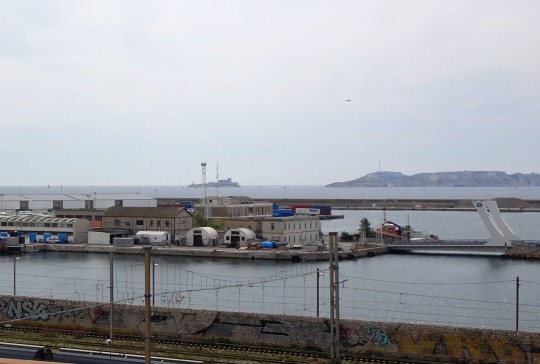



Christine et moi, partis de Narbonne, arrivons à Marseille. Ici vers la Joliette, entre les tours de la Marseillaise et CMA-CGM et la Digue du Large puis les Îles du Frioul.
#marseille#la joliette#architecture#port#cma-cgm#la marseillaise#digue du large#frioul#archipel du frioul#îles du frioul
3 notes
·
View notes
Text

1989 Paris, "La Marseillaise", I did the painted decor of this little theater
#1989#Paris#La Marseillaise#Défilé#Bicentenaire de la Révolution#film photography#analog photography#vintage#1980s#original photographers#photography#blackandwhite#streetphotography#painted decor#pierre wayser
4 notes
·
View notes
Text
youtube
Hector Berlioz, La Marseillaise, Sylvia McNair, soprano and Richard Leech, tenor, Baltimore Symphony Orchestra & Chorus, David Zinman, cond.
#La Marseillaise#Bastille Day#Hector Berlioz#Berlioz#Sylvia McNair#Richard Leech#David Zinman#Baltimore Symphony Orchestra#music#classical music
1 note
·
View note